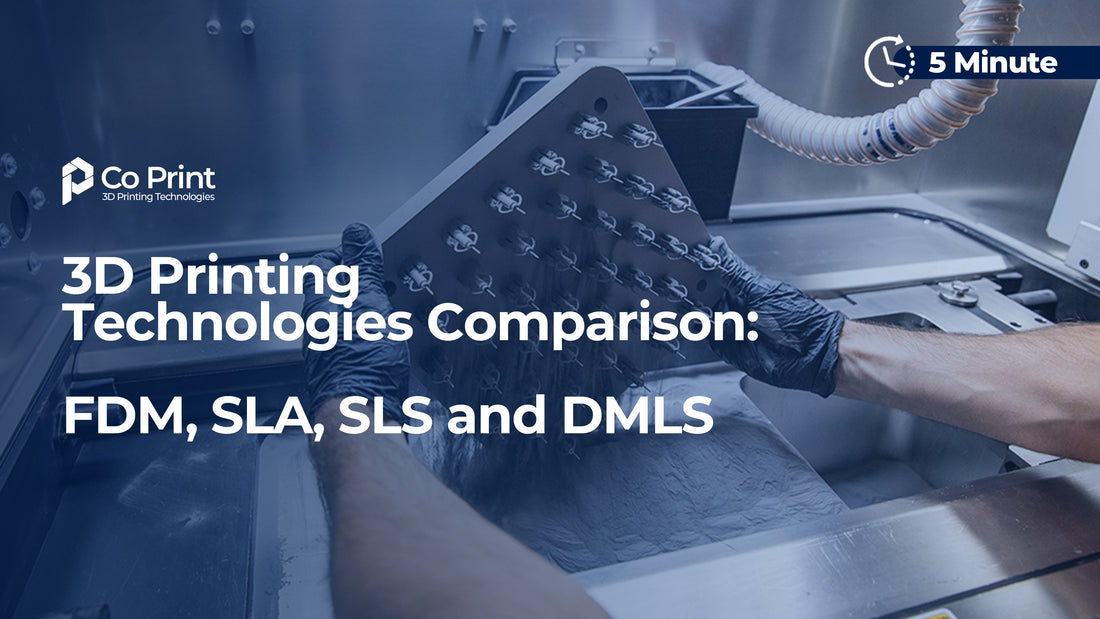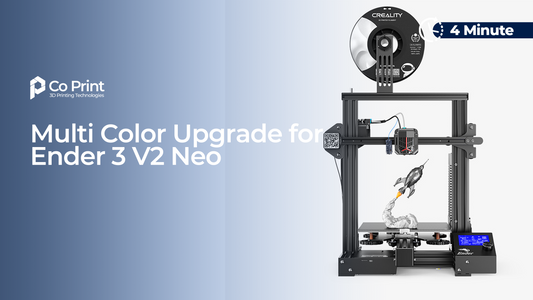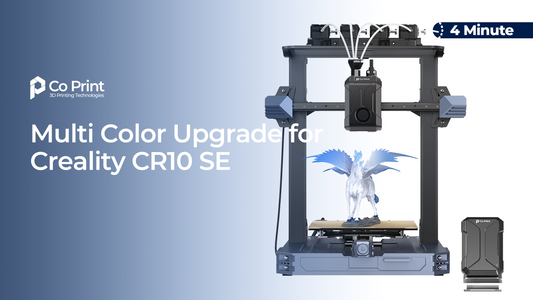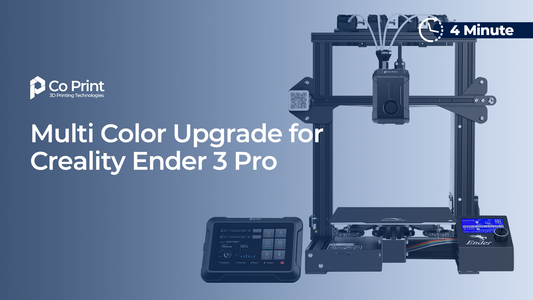3D printing is a manufacturing technology that uses layer-by-layer addition of material to transform digital models into tangible objects. 3D printing, which has become very popular in recent years, is used in many areas such as prototyping, production, art, and design.
Different 3D printing technologies are available and each has its advantages and disadvantages.
In this blog post, we will compare in detail the 4 most popular 3D printing technologies: FDM (Fused Deposition Modeling), SLA (Stereolithography), SLS (Selective Laser Sintering), and DMLS (Direct Metal Laser Sintering).
FDM (Fused Deposition Modeling):

FDM is the most common and cheapest 3D printing technology. In this technology, plastic filament is heated and extruded through the nozzle, creating objects layer by layer.
The advantages of FDM are:
-
Lower costs: FDM printers and filaments are cheaper than other 3D printing technologies.
-
Easy to use: FDM printers are easy to install and use.
-
Wide range of materials: FDM printers can be used with many different plastic filaments such as ABS, PLA, PETG, and TPU.
The disadvantages of FDM are:
-
Low sensitivity: FDM printers have lower precision than other 3D printing technologies.
-
Step trace: Layer marks can be seen in FDM prints.
-
Long printing time: FDM prints take longer to complete than other 3D printing technologies.
SLA (Stereolithography):

SLA is a 3D printing technology that produces high precision and smooth surfaces. In this technology, a laser light hardens liquid resin layer by layer, creating an object.
The advantages of SLA are:
-
High sensitivity: SLA printers have much higher precision than FDM printers.
-
Smooth surface: SLA prints have a smooth and detailed surface.
-
Fast printing time: SLA prints are completed faster than FDM prints.
The disadvantages of SLA are:
-
High cost: SLA printers and resins are more expensive than FDM printers.
-
Complex installation: SLA printers are more complex to install and use than FDM printers.
-
Limited range of materials: SLA printers are used with special resins and the range of materials is more limited than FDM printers.
SLS (Selective Laser Sintering):

SLS is a 3D printing technology that creates objects by selectively sintering a powdered material with laser light.
The advantages of SLS are:
-
High precision: SLS printers have higher precision than FDM printers.
-
Durable parts: SLS prints are more durable than FDM and SLA prints.
-
Fast printing time: SLS prints are completed faster than FDM and SLA prints.
The disadvantages of SLS are:
-
Very high cost: SLS printers and powder materials are much more expensive than FDM and SLA printers.
-
Complex installation: SLS printers are more complex to install and use than FDM and SLA printers.
-
Inability to reuse powder material: The powder material used in SLS cannot be reused.
DMLS (Direct Metal Laser Sintering):

DMLS is a 3D printing technology that produces metal objects by selectively sintering metal powder with laser light.
The advantages of DMLS are:
-
High precision: DMLS printers have the highest precision compared to FDM, SLA and SLS printers.
-
Durable metal parts: DMLS prints are much more durable than parts produced with other 3D printing technologies.
-
Complex geometries: Metal parts with geometries that are too complex to be produced with other 3D printing technologies can be produced with DMLS.
The disadvantages of DMLS are:
-
Very high cost: DMLS printers, metal powders and other consumables are much more expensive than other 3D printers.
-
Complex installation: DMLS printers are much more complicated to install and use than other 3D printers.
-
Hazardousness of powder material: Metal powders used in DMLS can be hazardous and require special safety precautions.
3D Printer Selection:
Choosing the right 3D printer depends on your needs and budget.
Here are some factors you should consider:
-
Print precision: How precise prints do you want to produce?
-
Print speed: How fast do you want to produce prints?
-
Material range: What materials do you want to print with?
-
Cost: How much budget do you have?
The table below compares 4 different 3D printing technologies:
|
Technology |
Advantages |
Disadvantages |
|
FDM |
Low cost, easy to use, wide range of materials |
Low sensitivity, step marks, long printing time |
|
SLA |
High precision, smooth surface, fast printing time |
High cost, complex installation, limited range of materials |
|
SLS |
High precision, durable parts, fast printing time |
Very high cost, complex installation, inability to reuse powder material |
|
DMLS |
Highest precision, durable metal parts, complex geometries |
Very high cost, complex installation, hazardous powder material |
Conclusion:

Each 3D printing technology has its advantages and disadvantages. Choosing the right technology depends on your needs and budget. FDM is the most common and cheapest technology, but it has low precision. SLA produces high precision and smooth surfaces but is expensive. SLS and DMLS produce high-precision and durable parts but are very expensive.
This blog post provides general information about 3D printing technologies.








